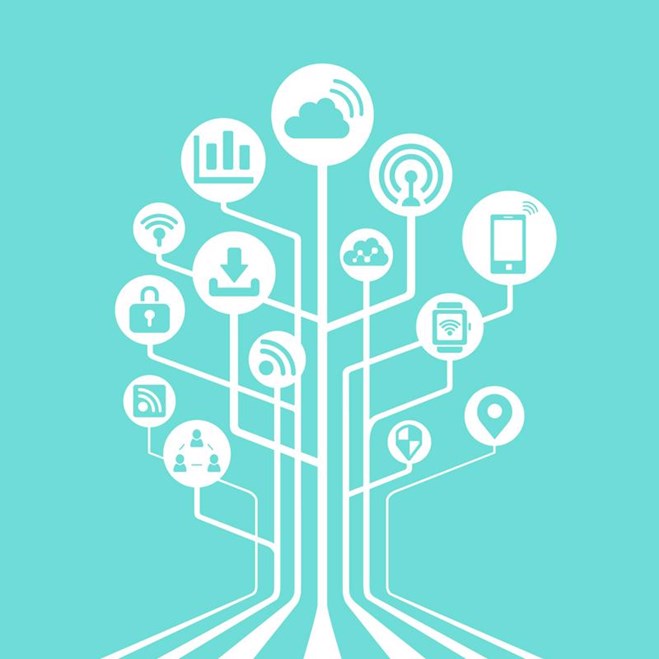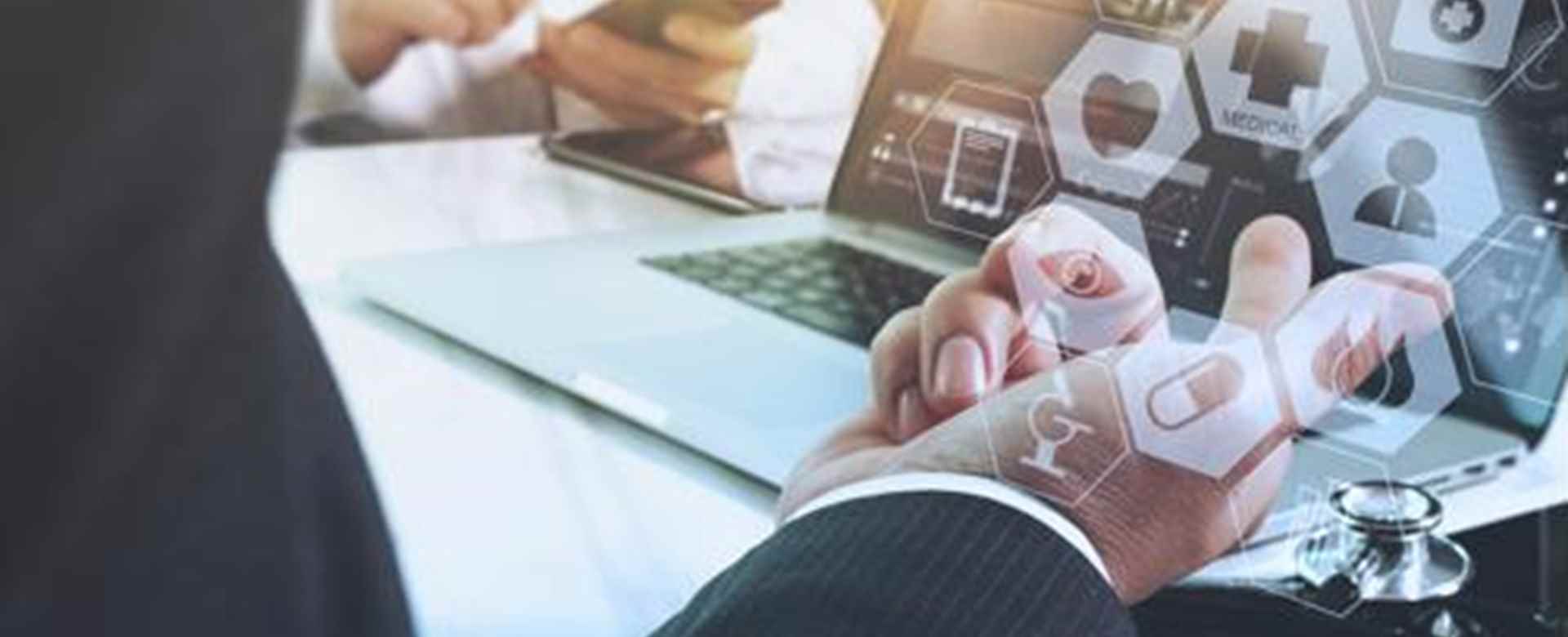One of the most significant recent developments in consumer and enterprise tech has been the rise of the Internet of Things (IoT). The IoT consists of the numerous nontraditional devices – i.e., virtually anything other than a PC, server, smartphone or tablet – capable of communicating via Internet Protocol (IP) networks. It's notable for its vast size, varied use cases and complex security requirements. IT research firm Gartner has estimated there could be 21 billion endpoints within the IoT by 2021. For reference, Apple had cumulative all-time iPhone sales of only slightly more than 1 billion through March 2017.
We have defined the IoT very broadly, but what does it look like in the real world? In healthcare, there are many possible applications that take advantage of the expanded IP connectivity. We'll look at two - one on the device side, and one on the service side - that between them embody much of the IoT's potential in the field.
Networked Medical Devices and Sensors
Devices such as vital-signs monitors, glucose meters, weighing scales and location trackers are just a few of the IoT devices that can collect and wirelessly relay a broad spectrum of patient data to healthcare professionals. In addition to Wi-Fi, they can use Bluetooth, short-range protocols like ZigBee and even specialized cellular network bands for maximum flexibility.
With properly secured and reliable network connections, these IoT medical devices can support high-quality communications between remote sites (e.g., a patient's home) and clinical facilities. They can also automate the monitoring of patients and the tracking of inventory throughout the healthcare system.
At one Orlando hospital, this advanced Internet of Medical Things is already tangible. Patients entering for surgeries are outfitted with real-time location system (RTLS) badges, which send their anonymized details to a waiting-room monitor viewable by their families, according to TechTarget. The RTLS system provides precise insight into how much time patients get to spend with physicians and nurses, with the added benefit of identifying any processes that could be streamlined.
Similar technologies enable superior inventory management that might eventually curb the significant amount of waste in medical supply chains. The National Academy of Medicine estimated that $765 billion was wasted across the U.S. healthcare system in 2012, due in part to everyday workflows such as the disposal of instruments, masks, blood clotting materials and other items that were brought into surgical operations but ultimately unused.
By connecting embedded IoT sensors and radio frequency identification (RFID) tags to their ERP systems, providers could get a clear picture of inventory flows, leading to better forecasting of when to restock and how much product to order. More efficient tracking via the IoT and RFID could also benefit payers and patients by curbing healthcare costs, which are strongly influenced by supply waste.

Virtual Health Assistants
The market for virtual health assistants could exceed $1.5 billion by 2024, according to Global Market Insights. A virtual health assistant is a program - often a cloud-connected service - that draws upon artificial intelligence (AI) to give useful guidance to patients, with IoT infrastructure serving as both its primary data source and main delivery mechanism.
For example, sensors could be embedded into pill bottles to feed information to the assistant about whether a patient had taken prescribed medications as scheduled and in the right doses. The AI-driven program could then engage the individual by talking to them through a connected speaker, similar to popular consumer devices like Amazon Echo and Apple HomePod, or by sending reminders to their phones or wearable tech.
Actual implementations are often much less flashy than that, yet still highly effective as enablers of patient engagement. Many hospitals already rely on various talking devices such as thermometers for quick auditory cues on how to proceed. Patients themselves can also get assistance from avatar interfaces, like the Ana AI that has gained notoriety for its guidance on how to use in-home medical devices.
Ana and its ilk might be especially useful when someone newly diagnosed with a chronic condition like rheumatoid arthritis, multiple sclerosis or type 2 diabetes has to navigate the complex instructions packaged with items such as injectors. Better help in this domain can support superior health outcomes, since patients will be at reduced risk of making mistakes in their treatment regimens.
What's Necessary for Harnessing the IoT's Power?
We have only scraped the surface of the IoT's potential in healthcare. For instance, other innovations such as natural speech recognition and sentiment analysis – i.e., determinations of how patients feel based on their tones of voice and expressions - could further enhance the value of medical IoT infrastructure.
Getting the most value from the IoT will require more than just sophisticated technology, though. Healthcare providers and payers will also need guidelines for when and how to apply IoT solutions to their operations, in order to ensure safe, cost-effective and beneficial care. Trusted independent review organizations, such as Advanced Medical Reviews (AMR), provide the essential resources for physician-level review of a wide range of cases. Health plans can count on AMR for guidance as the IoT reshapes patient care in particular and the healthcare system in general.
Sign up for Updates:
Privacy Details
By submitting this form, you are consenting to receive marketing emails from: Advanced Medical Reviews, LLC. You can revoke your consent to receive emails at any time by using the Unsubscribe link, found at the bottom of every email.
